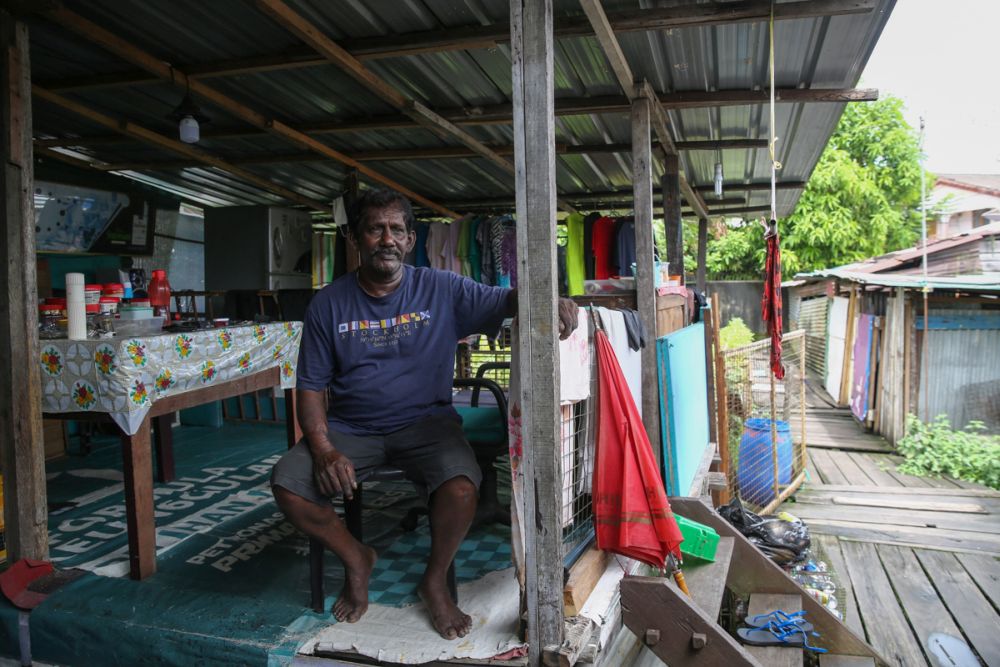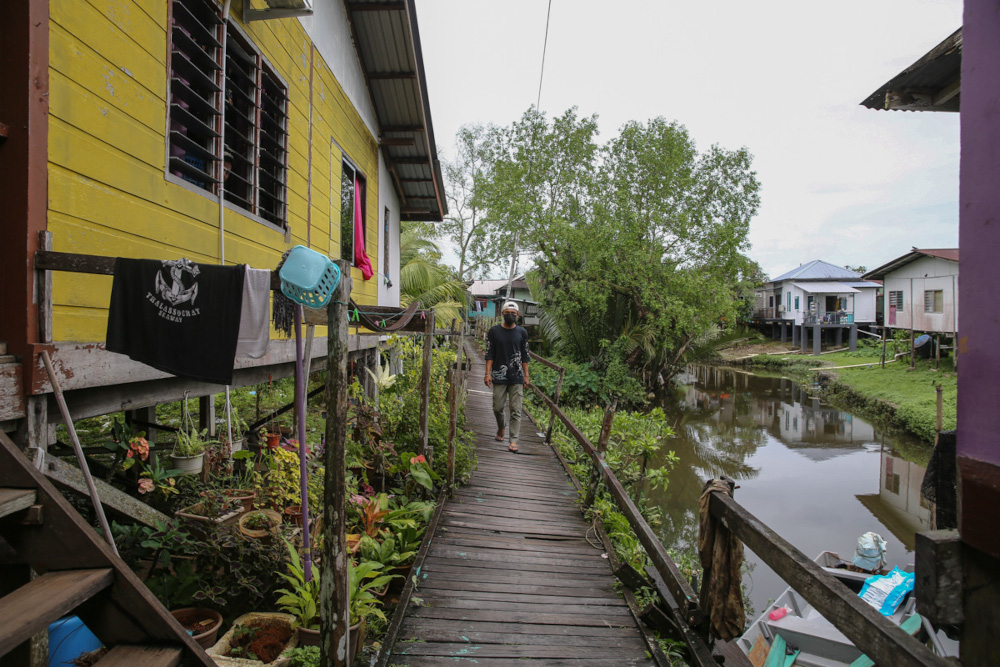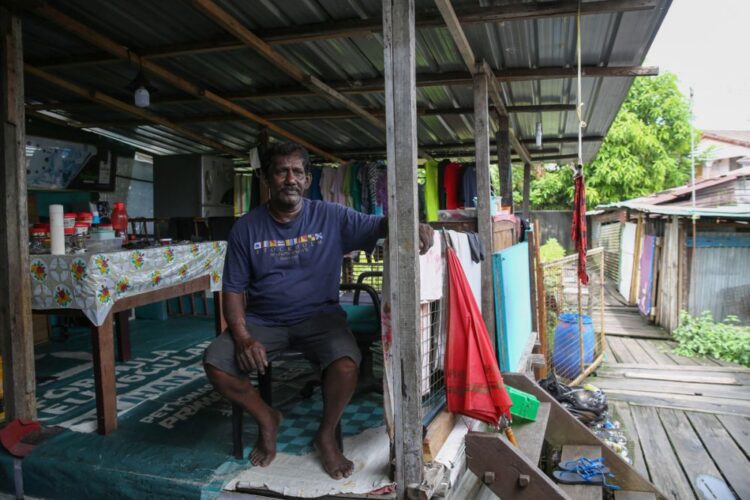It may not be as easy as you think to live without electricity, and you may not realise how many devices in your home rely on it to function. Every night was a search for an old flashlight or pair of matches; hands pressed on walls and corners, trying to get a mental picture of the layout.
When the sun goes down and the night approaches, Magasi Valathymanikam always knew that his belongings were in the same place but darkness has a way of making something familiar feel like a maze. To date, his family of six lived in an impoverished Dayak settlement in Kampung Kudei, Satok, on the outskirts of Kuching, without electricity for more than 30 years.
Living without modern amenities requires physical strength and the 60-year-old civil servant with South Kuching City Council (MBKS) is the only resident who has a generator in the village. His jovial demeanour never wavered throughout the entire interview, even when he recalled how hard it was to get by without electricity at home in the past.

Previously, he had major financial problems and wasn’t able to buy a generator due to his low income wage. “I earned RM11 a month way back then. But over the years, my income had increased to more than RM2,000,” he said in an accent that belied his Sarawakian roots.
Magasi, had recently completed house renovations last Deepavali to prevent floodwaters from inundating his home, as prior to this he used to store all of his belongings on higher ground to protect them from being wrecked. He went on to say that the customary year-end torrential rains were causing him concern as water may leak into his living room. “We used to store all of our belongings on higher ground to keep them from getting wrecked,” he said.
Although Kuching is Sarawak’s most sophisticated metropolis, but settlement residents have been relying on candles and kerosene lamps to illuminate their homes at night.

According to Malay Mail, the Indian community in Sarawak is just a small fraction of the population (less than 1 percent of the total population), the majority of whom estimated to be 7,500 are said to live in Kuching. Magasi’s community was disguised behind elegant gated terrace buildings and paved roads, an unusual sight for casual passers-by.
But for him, the Dayak settlement looked like a throwback to the bucolic 1970s, with chickens and dogs running around old wooden houses that are enveloped by an inky darkness once night falls.
Follow us on Instagram, Facebook or Telegram for more updates and breaking news.








